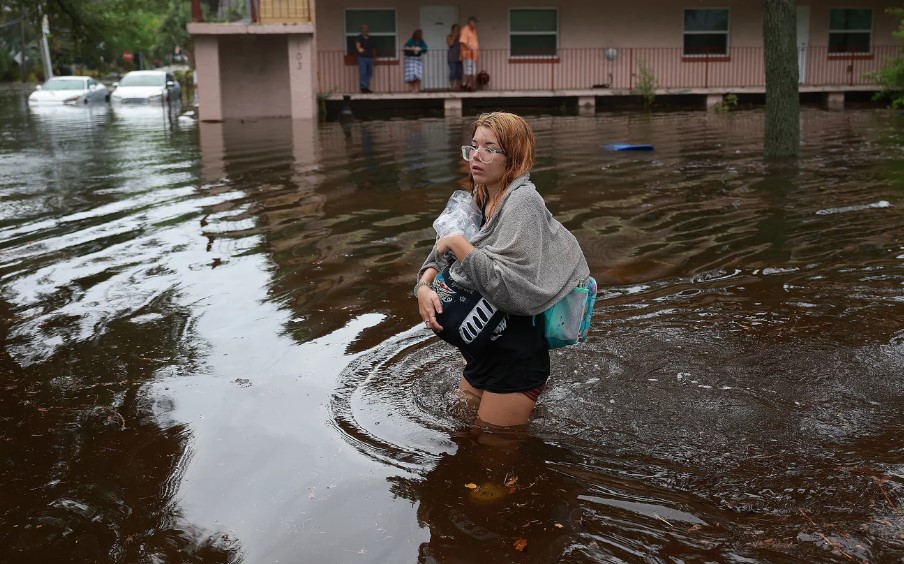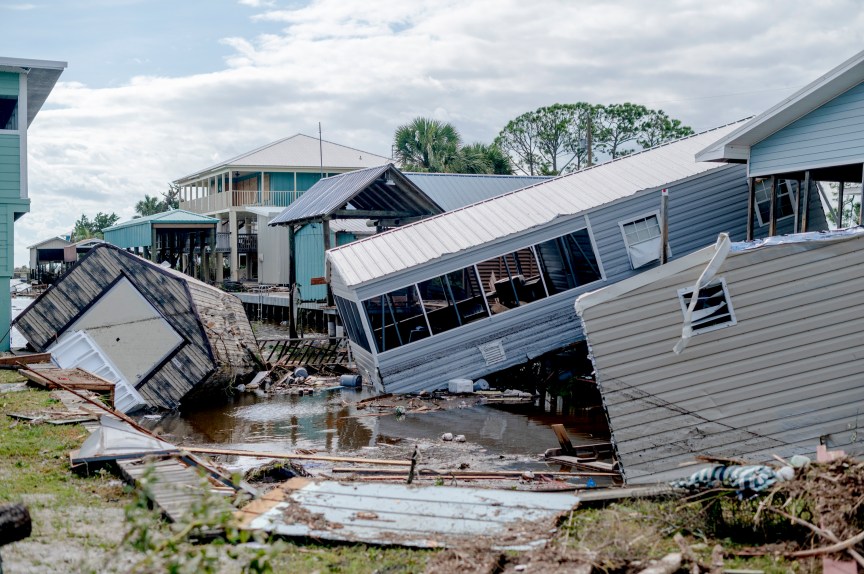Hurricane Idalia struck southern Georgia after wreaking havoc on Florida’s Gulf Coast with deadly storm surges. The storm has claimed at least two lives and left hundreds of thousands without electricity.
As of late afternoon, over 275,000 Floridians were without power, and around 190,000 in Georgia were similarly affected. The fatalities occurred in Alachua and Pasco counties due to weather-related car accidents.
Ahead of Idalia’s arrival, 30 of Florida’s 67 counties had issued evacuation orders. Those who stayed behind were advised to shelter in place.
The hurricane made landfall early in the morning as a Category 3 storm at Keaton Beach, near Tallahassee, before weakening to a Category 1 storm with 75 mph winds.

It is expected to weaken further as it progresses inland, moving through southeastern Georgia and southern South Carolina.
By Wednesday night or Thursday, Idalia is forecasted to diminish to a tropical storm as it approaches North Carolina. President Joe Biden has been in contact with the governors of the affected states, offering federal support.
An emergency declaration for Florida was issued, and FEMA has deployed 1,500 responders and 540 search-and-rescue personnel.
This hurricane follows devastating wildfires in Maui, Hawaii, which destroyed Lahaina and caused numerous fatalities. Biden highlighted the growing impact of climate change, citing recent natural disasters as evidence.
FEMA Administrator Deanne Criswell will visit Florida to assess the damage, which has already caused significant flooding.
In response, the Florida National Guard is conducting search and rescue operations with over 5,000 service members. American Airlines has canceled 167 flights in affected areas, though some airports, including Tampa, Gainesville, and Tallahassee, are expected to reopen soon.

